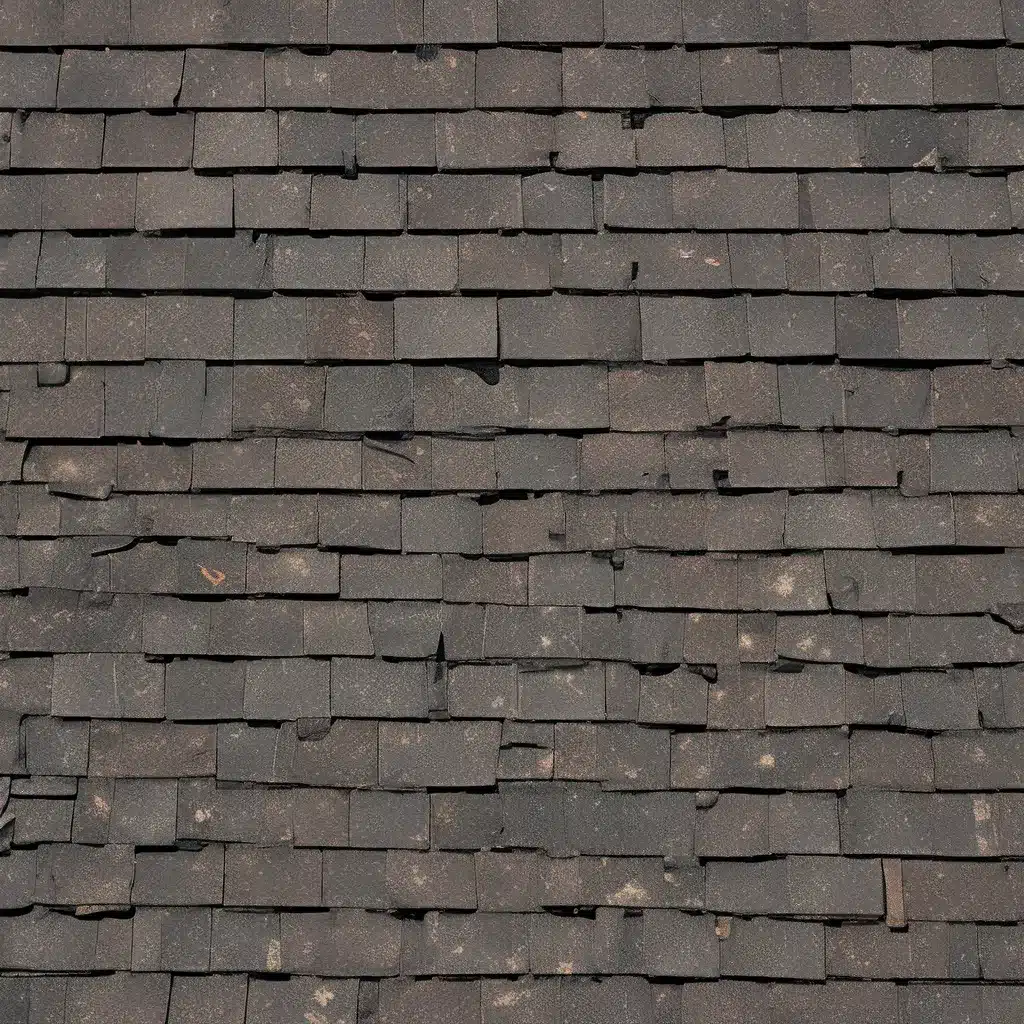
As a homeowner, you probably don’t give much thought to your roof until it starts causing problems. But the truth is, your roof is one of the most crucial components of your home, and understanding how to maintain its longevity can save you a lot of headaches (and money) down the line.
So, what factors really affect the lifespan of your roof? Well, grab a cup of coffee and let me break it down for you. I’ve done some digging, and let me tell you, there’s more to it than you might think.
The Roof Material Matters
First and foremost, the type of roofing material you have plays a huge role in how long your roof will last. According to the experts over at Architectural Digest, different materials have wildly varying lifespans:
- Asphalt shingles: 15-30 years
- Metal roofs: 40-70 years
- Slate roofs: 100+ years
- Tile roofs: 50-100 years
- Wood shake roofs: 30-50 years
So, if you’ve got those classic asphalt shingles, you might be looking at replacing your roof every couple of decades. But if you splurge for a fancy slate or tile roof, you could be set for the next century. Of course, the upfront cost of those premium materials is something to consider as well.
Environmental Factors at Play
But the roof material isn’t the only thing that affects its lifespan. The environment your home is located in plays a big role too. According to the experts at Superstorm Restoration, factors like:
- Climate: Extreme temperatures, heavy rain, snow, and hail can all take a toll on your roof over time.
- Sun exposure: UV rays from the sun can gradually degrade and wear down roofing materials.
- Nearby trees: Overhanging branches can scratch, scrape, and damage your roof.
So if you live in a region with harsh winters, scorching summers, or plenty of nasty weather, your roof is going to have a much tougher time lasting as long as it could in a more mild climate. And if you’ve got a bunch of towering trees surrounding your home, you might want to think about regular pruning to protect your roof.
Proper Roof Maintenance is Key
But wait, there’s more! Even the best roofing materials and the ideal climate conditions won’t save your roof if you don’t maintain it properly. According to the experts at Sheegog Contracting, regular roof inspections, cleaning, and repairs can make a huge difference in how long your roof lasts.
For example, keeping your gutters clear of debris, trimming back any overhanging vegetation, and promptly fixing any leaks or damaged shingles can go a long way in preserving your roof. Heck, even something as simple as regularly clearing off any snow or ice buildup in the winter can help extend its lifespan.
And let’s not forget about proper installation. If your roof was put on by a shoddy contractor using subpar materials and techniques, it’s not going to last nearly as long as it should, no matter how well you maintain it. That’s why it’s so important to do your research and hire a reputable roofing company to handle the job.
Roof Age and Wear and Tear
Of course, even with the best materials, conditions, and maintenance, every roof has a finite lifespan. And as your roof ages, the wear and tear starts to add up. Those little cracks, leaks, and worn spots that you might not notice at first will gradually get worse over time.
According to the experts, most roofs start showing their age around the 15-20 year mark, even with diligent care. And once your roof hits that 20-25 year mark, it’s probably time to start planning for a replacement, no matter how well you’ve maintained it.
Now, I know what you’re thinking – “But I just had my roof replaced a few years ago, how can it be time for another one already?” Well, my friend, the lifespan of a roof is heavily dependent on the conditions it faces. That brand new roof you had installed might only last 15 years if it’s constantly battered by hail and heavy snow. But that same roof could easily last 25-30 years if it’s in a more mild climate.
The moral of the story? Keep a close eye on your roof as it ages, and don’t be afraid to call in the professionals for regular inspections. That way, you can stay ahead of any major issues and hopefully avoid a costly surprise down the line.
Putting it All Together
So, there you have it – the key factors that can make or break the longevity of your roof. From the roofing material itself to the environmental conditions and proper maintenance, there’s a lot that goes into ensuring your roof stands the test of time.
But the good news is, with a little diligence and know-how, you can help maximize the lifespan of your roof and get the most value out of your investment. Remember, an ounce of prevention is worth a pound of cure when it comes to protecting one of the most crucial components of your home.
And who knows, maybe with the right care and a little bit of luck, you could be the envy of the neighborhood with a roof that lasts for generations. Wouldn’t that be something?
Alright, time for me to get off my soapbox. If you’ve got any other burning questions about extending the life of your roof, feel free to reach out to the pros at Southern Roofing Co. They’d be more than happy to lend a hand.